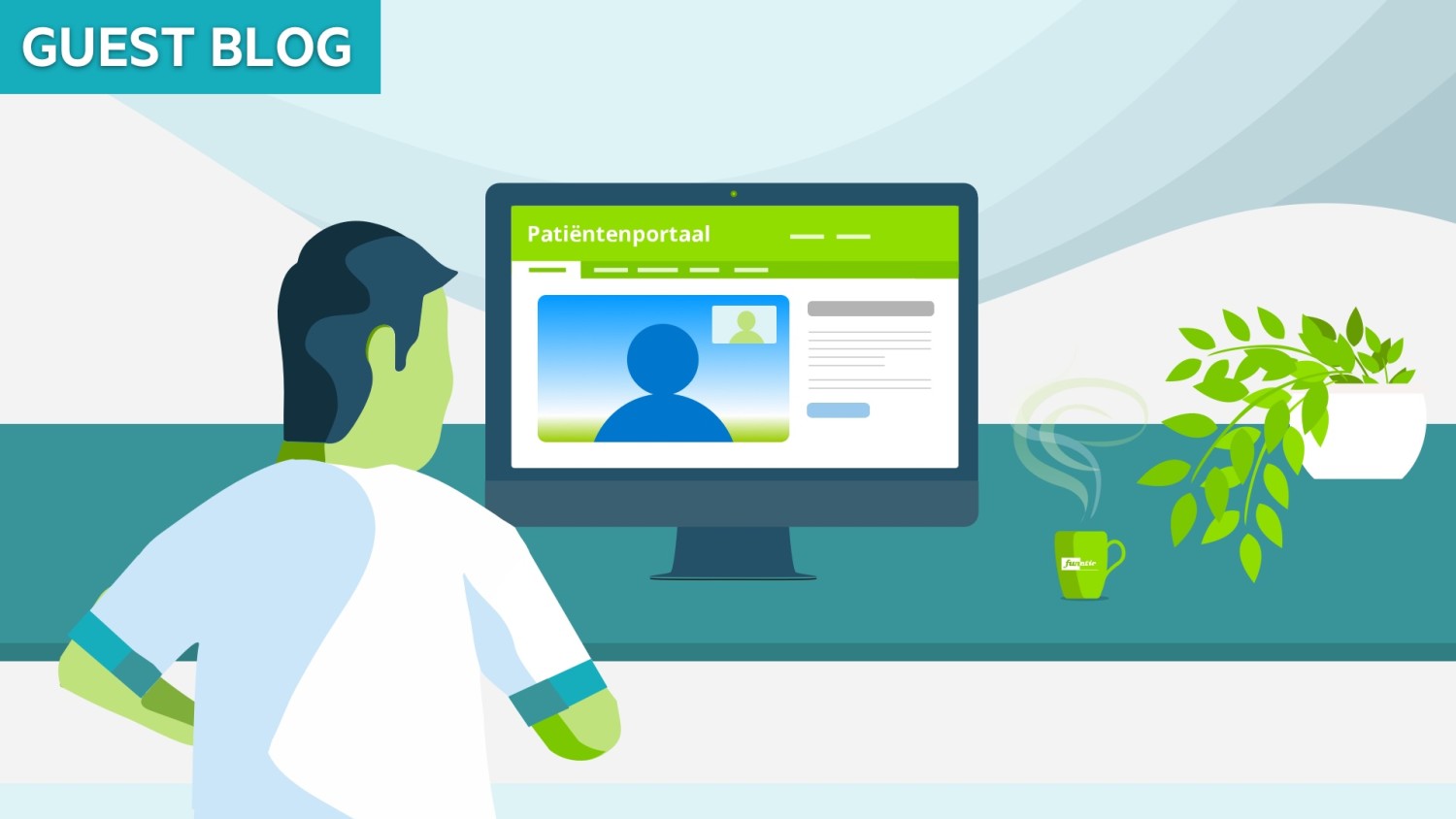Case study: Video calling in the Ommelander Hospital

Seeing patients digitally
During the corona crisis, a lot of regular care in hospitals came to a halt. Digital forms of contact turned out to be necessary in order to see as many patients as possible. That's why the Ommelander Hospital chose to integrate two-sided video calling in their patient portal.
By now, video calling is even becoming a permanent part of the hospital’s care offer. This way, patients only need to come to the hospital when it is really necessary. That’s a positive change, as for many patients it is difficult to come to the hospital in Scheemda.
WeSeeDo's video calling solution
The hospital used the WeSeeDo Personal API to implement video calling. For the developers and users of WeSeeDo’s video calling solution ease of use for the patient is most important. The patient receives the invitation link for the interview in an e-mail or SMS. After clicking on the link at the agreed date and time, the patient is placed in a digital waiting room. This can be done from a laptop, tablet or smartphone with a camera and microphone. The patient does not have to install any application or software.
The real power of the video calling solution at Ommelander Hospital lies in the integration with the patient portal ‘My Ommelander’. The source of this patient portal is the Nexus Electronic Patient File. The verification of the patient and contact details, and the sending of the invitation link to the patient itself, both take place from the patient portal. The healthcare provider can choose to start the video conversation from his own mobile phone or from a workplace somewhere in the hospital by scanning a QR-code.
Integration and requirements
The WeSeeDo Personal API enables a two-sided visual connection built on WebRTC technology. You can integrate it within existing healthcare environments and planning software. Another possibility is the stand-alone version. With this version, users can easily log in via their browser, no integration needed.
Both versions are fully compliant with the GDPR, ISO27001 and NEN7510 regulations. WeSeeDo does not store any data and operates only on Dutch servers.
It is supported by all mobile devices (with iOS 11 or Android 7 and up) and major browsers (such as Chrome, Firefox, Safari and the new Microsoft Edge). The only exception here is Internet Explorer, since this browser doesn’t support WebRTC. The connection speed should be around 2Mbit or higher, which makes it amply suitable for 4G connections as well.
In terms of hardware, it is important to realize that WebRTC requires enough processor power if you want to have a good picture. Current users were able to conduct interviews with PCs from 2013 and up, all with a good and stable image connection. Of course, a good camera also makes a difference in the image quality.
About Funatic
Funatic delivers websites and mobile apps with integrated patient portals to hospitals to support the digital patient journey. Thanks to a close integration with the Electronic Patient File, all medical information is provided in a secure way and many healthcare processes can be digitized.
About WeSeeDo
WeSeeDo provides reliable video communication solutions to organizations. By integrating WeSeeDo APIs within existing business processes, organizations can scale up and do business more successfully.
Want to know more about the WeSeeDo Personal API?